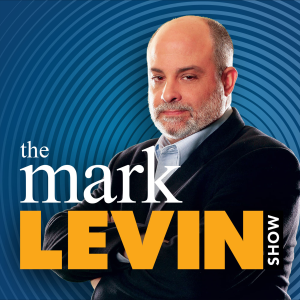

AMERICANS ARE CONFUSED, FRUSTRATED BY NEW TIPPING CULTURE
The state of tipping in America is, in a word, a mess. Americans are divided and confused over when to leave gratuities and how much to tip for all kinds of services, according to a new study published Thursday by the Pew Research Center - and many don't like recent trends such as added service fees and suggested tipping amounts. If it seems to you that almost everywhere these days, from coffee shops to takeout spots, there's an added service fee, you're not alone. People are feeling "tipflation" - the proliferating number of workers to whom consumers are expected to pay gratuities - with 72 percent saying that tipping is expected in more places today than it was five years ago. Most don't like the addition of "service charges," the amounts that many restaurants and other businesses have tacked on to customers' tabs under various names, often to cover the higher costs of things like food and labor - without having to raise their prices. An overwhelming 72 percent of people oppose them, with only 10 percent saying they favor them. And they are also more likely to oppose a suggested tip amount than favor it, something businesses have recently taken to putting on touch-screens at takeout spots or on printed bills - ostensibly to make calculating them easier, but often used as a prod to get customers to shell out. Forty percent of Americans oppose such suggested tips, while 24 percent favor them. (About a third neither oppose nor favor them.) But with more opportunities to tip, and with some restaurants and other businesses offering prompts, there's still plenty of confusion about whether customers should leave a gratuity - and if so, how much. Jan is An etiquette expert, bestselling author, keynote speaker and runs Show Up Well Consulting, an executive protocol company.
More Episodes
All Episodes>>Create Your Podcast In Minutes
- Full-featured podcast site
- Unlimited storage and bandwidth
- Comprehensive podcast stats
- Distribute to Apple Podcasts, Spotify, and more
- Make money with your podcast












